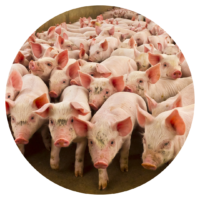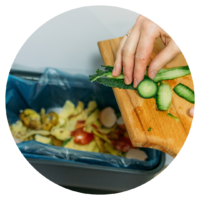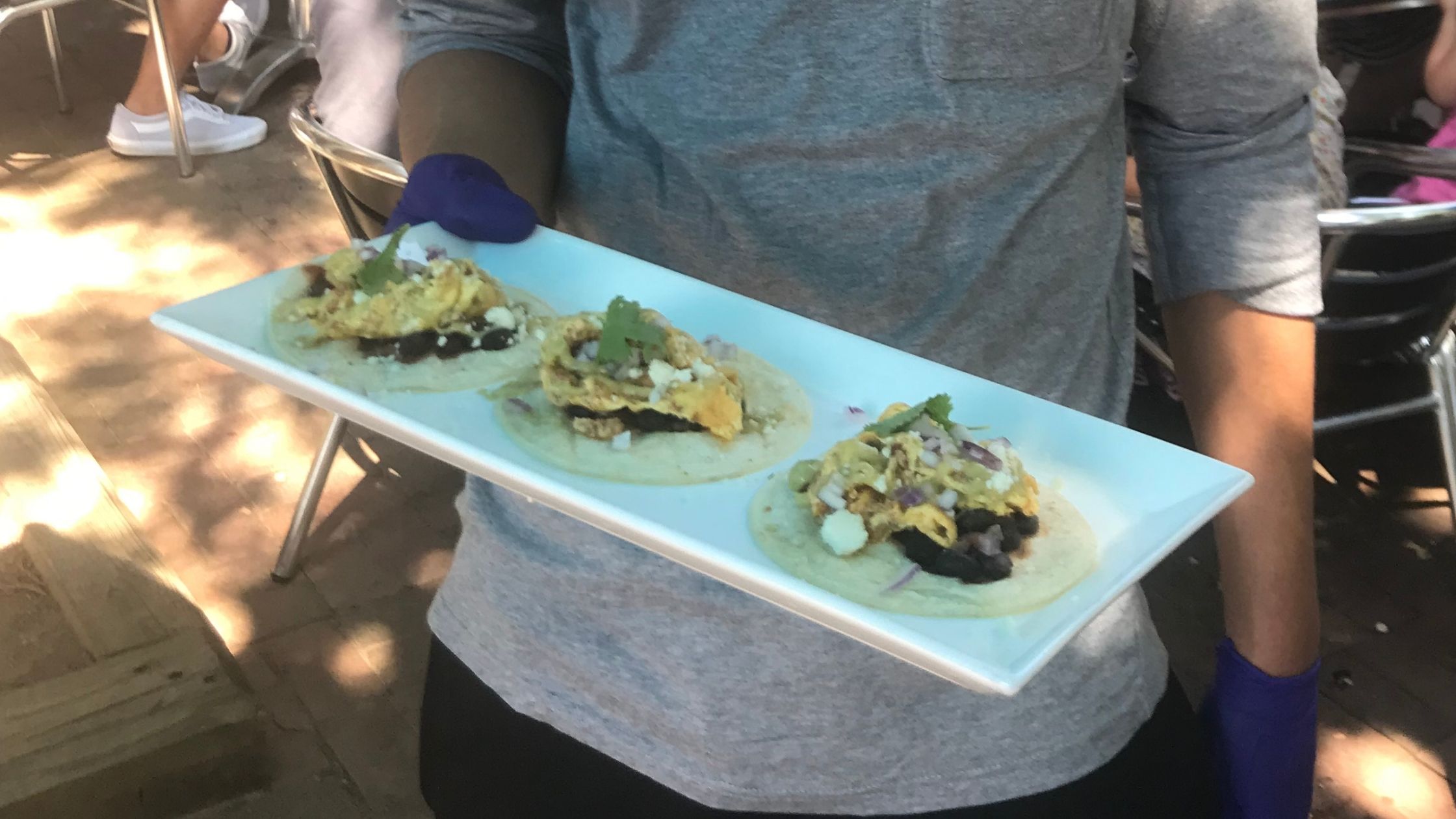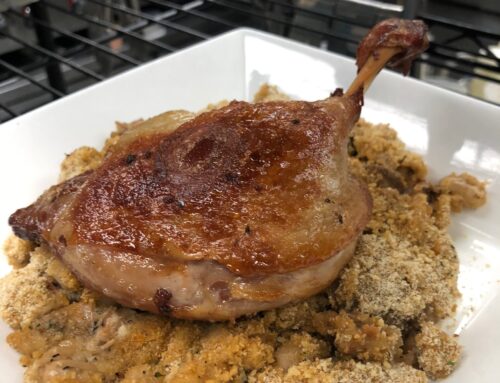There are so many reasons to eat local foods—it supports small farmers, it reduces the food’s carbon footprint, and for meat, the animals are treated humanely. I buy local and non-commodity as much as possible for the restaurant and for myself at home.
But ouch. The price tags are high. I believe the prices are right for the quality and ethics of the food. And I think eating meat especially should be a luxury and it should be more expensive. But still, it’s hard to feed yourself, let alone an entire family, on only locally sourced food.
Over the years I have figured out ways to buy as much local food as possible and still keep my food budget reasonable. Before I give you my tips, I do need to go on a little rant about commodity food (I promise it’s a little rant. And I won’t add any photos.)
The problem with commodity food
 Commodity food comes from the big industrial ranches and farms. I think commodity foods are the worst thing not only for the food industry, but for the country, the climate, and global wellness. Why?
Commodity food comes from the big industrial ranches and farms. I think commodity foods are the worst thing not only for the food industry, but for the country, the climate, and global wellness. Why?
• Deforestation
• High chemical load in the foods we eat
• Inhumane (and unclean) treatment of food animals
• Water pollution
• Climate change
And, all these negatives also mean that the food does not have the nutritional value it should have. That’s one reason people eat such huge portions—they aren’t getting the nutrients they need from it. If you, for example, replace all of your meat with local, small farm meats I bet you’ll notice you don’t need to eat as much to feel satisfied. Same with local and home-grown fruits and vegetables.
Eating more local
 That said, it is a balance because the reality is local foods are more expensive. I know I don’t want to/can’t pay a million dollars for a single dish. But balance is a possibility. I think anything we can do to eat more local foods is a good thing.
That said, it is a balance because the reality is local foods are more expensive. I know I don’t want to/can’t pay a million dollars for a single dish. But balance is a possibility. I think anything we can do to eat more local foods is a good thing.
Here are my three tips for balancing that sustainability in your own kitchen.
1. Portion size
In the restaurant, I try not to overfeed. The reason isn’t just cost. Food loses quality when you take it home and reheat it. Bringing that philosophy into your own kitchen will help you get the most out of the high-quality foods you buy. Like I said above, when you’re eating food that has been raised and grown in optimal conditions, it has more nutritional value. And that means you don’t need to eat as much of it to be sated.
2. Eat seasonal foods
Eating local for the most part means eating seasonal foods. In Virginia, we have local strawberries in the Spring and apples in the fall. When you eat the foods that are in season, you’ll pay less for them. It’s expensive to fly avocados in from Mexico. Again, it’s balance. Sometimes you just need that avocado toast in January. I get it.
Shopping at the Farmer’s Market is a great lesson in what foods are in season.
3. Eliminate waste
I think eliminating waste is the biggest place to have impact. Working in restaurants I can tell you the waste is insane. It’s made me a little hyper-vigilant! My motto is use as much as you can. For example, I buy whole chickens because it is much less expensive than buying chicken that has been cut up. I use the bones to make stock, which goes into soup. Bonus: bone broth is really good for you. For vegetables, I save the scraps and use them in stocks too. Menu planning also helps eliminate waste. In restaurants, we use ingredients that can go in multiple dishes. That’s easier to do when you sit down and plan your meals.
Final Thoughts
Choose quality always. Cut McDonald’s out of your life. If you want a hamburger, eat a really good one. Maybe do that once a month rather than twice a week. Savor every bite of it.
If you are intentional about the food—focusing on portion size, eating seasonal, and eliminating waste—I think you’ll find you enjoy everything you eat more. And oddly, when you do that, you need less. That is how you can eat local without spending a small fortune.







Leave A Comment